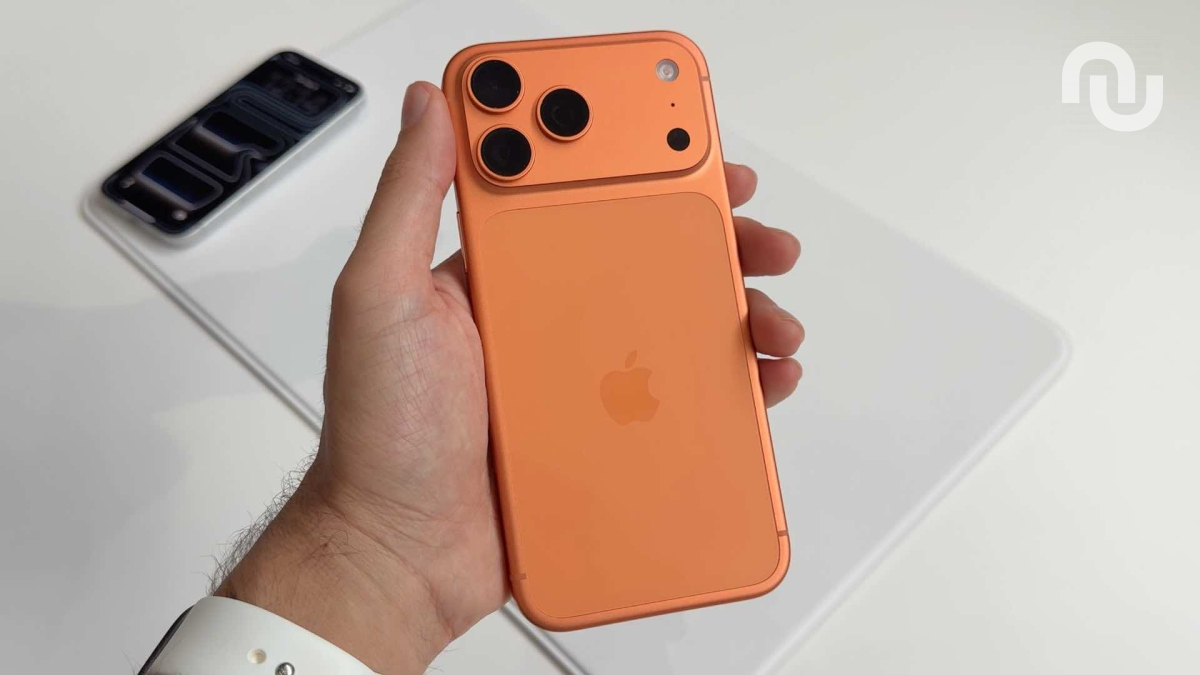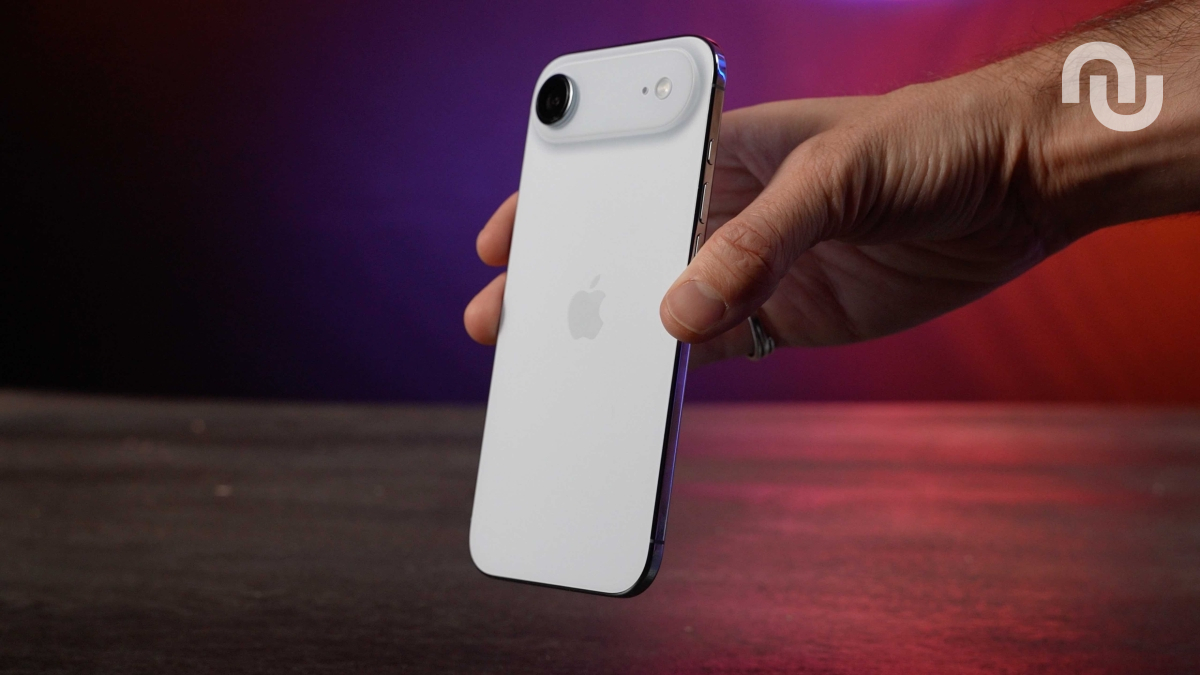The FCC mistakenly published a 163-page PDF containing detailed schematics for Apple's upcoming iPhone 16e, despite Apple explicitly requesting indefinite confidentiality to protect trade secrets. AppleInsider reports: A cover letter is also distributed alongside the schematics, addressed to the FCC and dated September 16, 2024. The letter from Apple is a request for the confidential treatment of documents that are filed with the FCC. [...] The letter from Apple requests a series of documents are withheld from public viewing "indefinitely." The justification is that they contain "confidential and proprietary trade secrets" that are not disclosed to the public post-release, due to giving competitors an "unfair advantage."
The list of documents, Apple states, includes: Block Diagrams, Electrical Schematic Diagrams, Technical Descriptions, Product Specifications, Antenna Locations, Tune-Up Procedure, and Software Security Description. Other documents, such as external and internal photographs, shots of the test setup, and the user manual, are deemed to be less damaging and have "short-term confidentiality" requirements. In those cases, Apple asks for short-term confidentiality for 180 days after the equipment authorization is granted by the FCC.


Read more of this story at Slashdot.
















